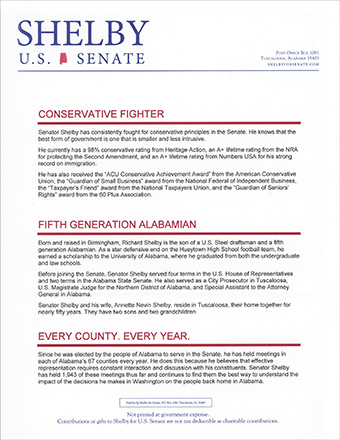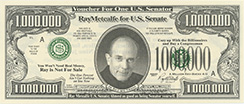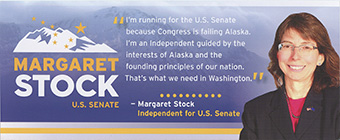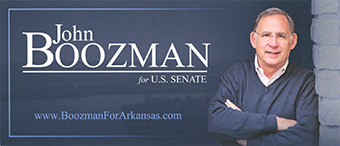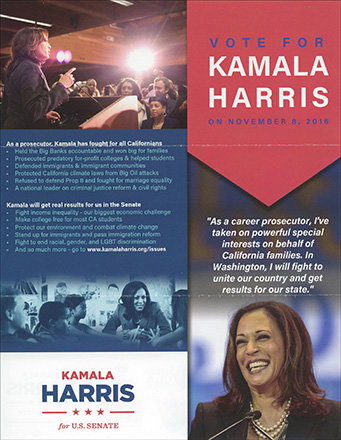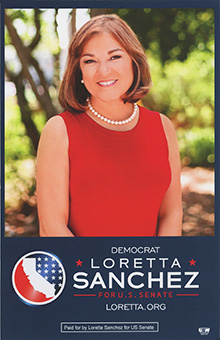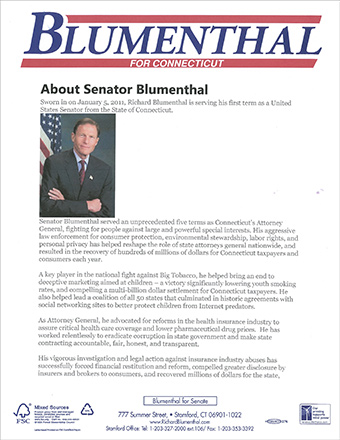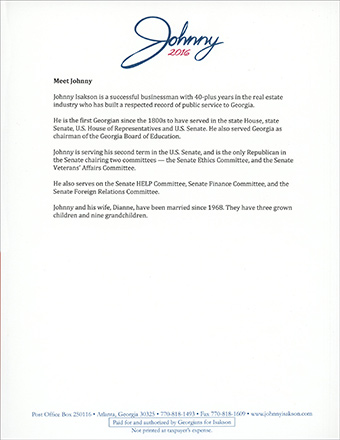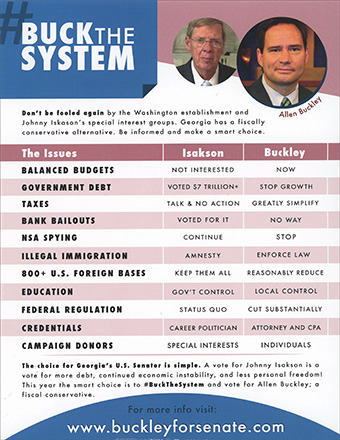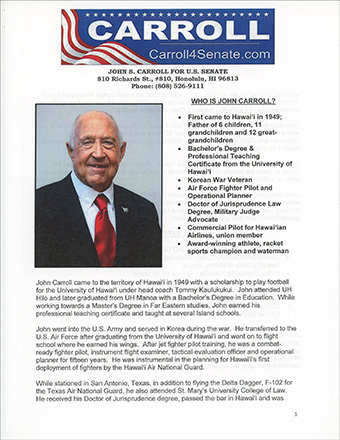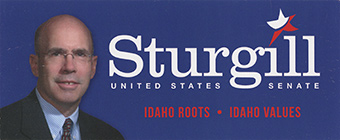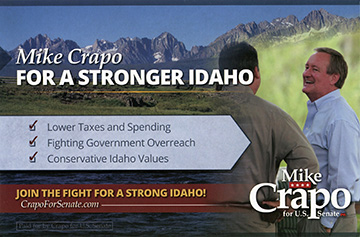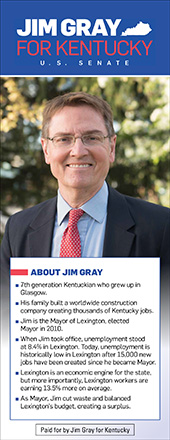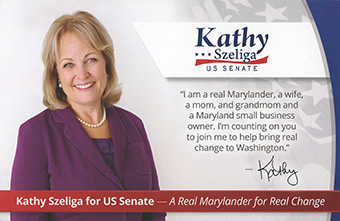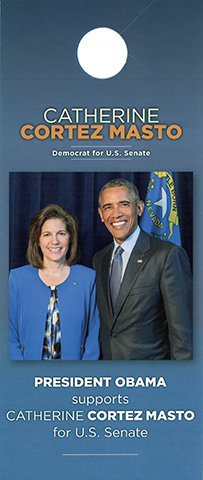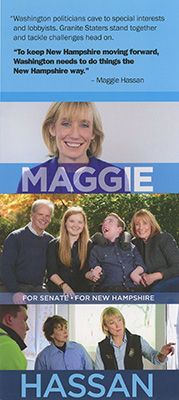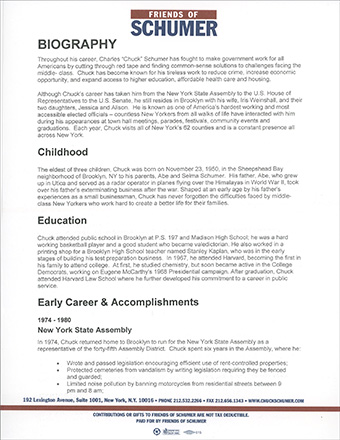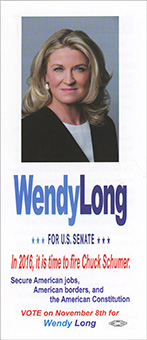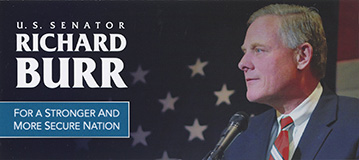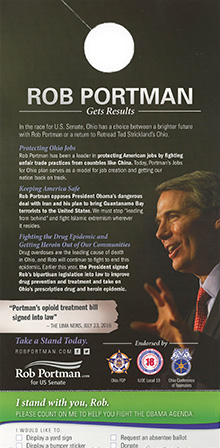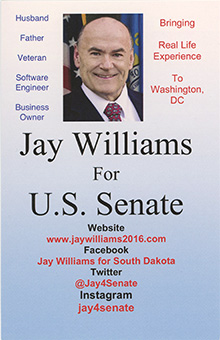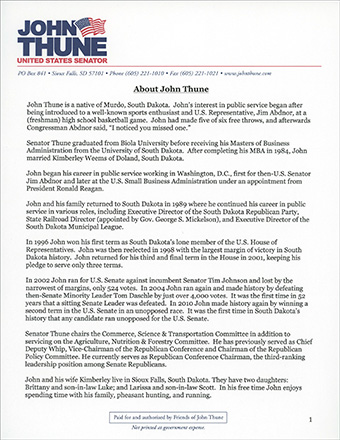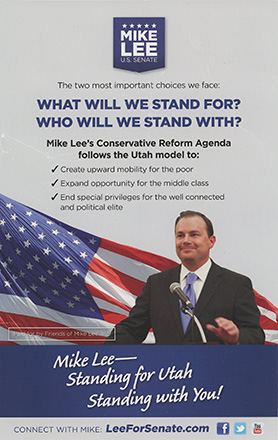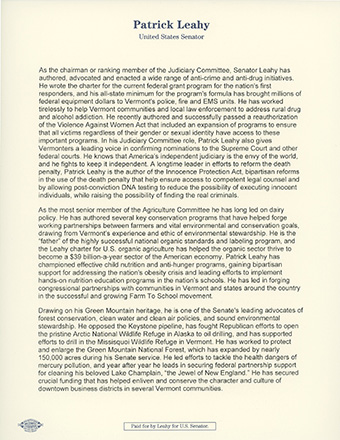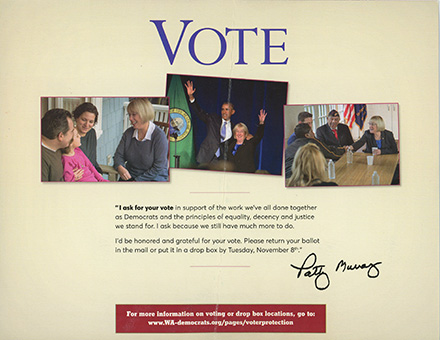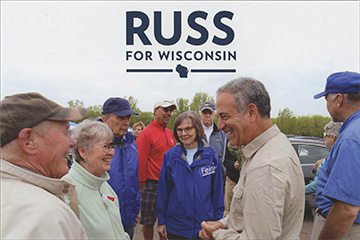- Democracy in
Action « Campaign
Literature Archive Main Page « 2016 Senate Races
| Nov. 8,
2016 U.S. Senate Races |
|
AL - AK - AZ - AR - CA - CO - CT - FL - GA - HI - ID - IL - IN - IA - KS - KY - MD - MO - NV - NH - NY - NC - ND - OH - OK - OR - PA - SC - SD - UT - VT - WA - WI - LA (Dec. 10 runoff)
After Nov. 8/Dec. 10: 52R, 46D and 2I. |
Margin
of Victory in Percentage Points
Not shown: CA (two Democrats)
*Seat changed parties.
| 25.01
+ |
20.01-25.0 |
15.01-20.0 |
10.01-15.0 |
5.01-10.0 |
0-5.0 |
0-5.0 |
5.01-10.0 |
10.01-15.0 |
15.01-20.0 |
20.01-25.0 |
25.01
+ |
| MD
25.22 VT 28.23 CT 28.57 NY 43.46 HI 51.36 |
OR
23.25 |
IL
15.08* WA 18.02 |
CO
5.66 |
NH
0.14* NV 2.43 |
PA
1.43 MO 2.79 WI 3.36 |
NC
5.69 FL 7.67 IN 9.70 |
AZ
12.96 GA 13.76 KY 14.55 |
AK
15.20 |
OH
20.97 LA 21.30 AR 23.60 SC 23.86 IA 24.43 |
AL
28.09 KS 29.94 ID 38.40 UT 41.09 OK 43.16 SD 43.66 ND 61.51 |
*Seat changed parties.
|
2016 SENATE RACE
OVERVIEW [more]
At the top of their list for 2016—after winning the White House—Democrats sought to reclaim the majority in the U.S. Senate. They anticipated Hillary Clinton would be elected and wanted a majority in the Senate to help her implement her policies (+). Republicans were defending 24 seats, but Democrats' hopes of re-taking the Senate were dashed as Republicans held them to a gain of just two seats. Many seats targeted by Democrats ended up in the Republican column; in Pennsylvania P.Toomey defeated K.McGinty, in Missouri R.Blunt defeated J.Kander, and in Wisconsin R.Johnson defeated R.Feingold. North Carolina was closer than expected but R.Burr defeated D.Ross. In Florida M.Rubio fended off a challenge from P.Murphy. Other seats eyed by Democrats were settled by wider margins. In Arizona A.Kirkpatrick lost by 12 percentage points, and in Indiana E.Bayh lost by almost 10 percentage points. In Ohio T.Strickland fell well short, losing by more than 20 percentage points. Balance before Nov. 8: 54 Republicans, 44 Democrats and 2 Independents. 34 seats at stake: 10 held by Democrats, 24 by Republicans. 5 retirements: 3 Democrats, 2 Republicans. D: Barbara Boxer (CA), Barbara Mikulski (MD), Harry Reid (NV). R: Dan Coats (IN), David Vitter (LA). 0 incumbents were defeated in primaries. 2 incumbents defeated in the general election: 2 Republicans. R: Mark Kirk (IL), Kelly Ayotte (NH). None of the open seats flipped. 7 new Senators elected: 5 Democrats, 2 Republicans. D: Kamala Harris (CA), Tammy Duckworth (IL), Chris Van Hollen (MD), Catherine Cortez Masto (NV), Maggie Hassan. R: Todd Young (IN), John Kennedy (LA). Races won: Democrats 12, Republicans 22. Balance after Dec. 10 LA runoff: 52 Republicans, 46 Democrats and 2 Independents. |
||
HIGHLIGHTS
|
||
see also:campaign managers |
ADVERTISEMENT

